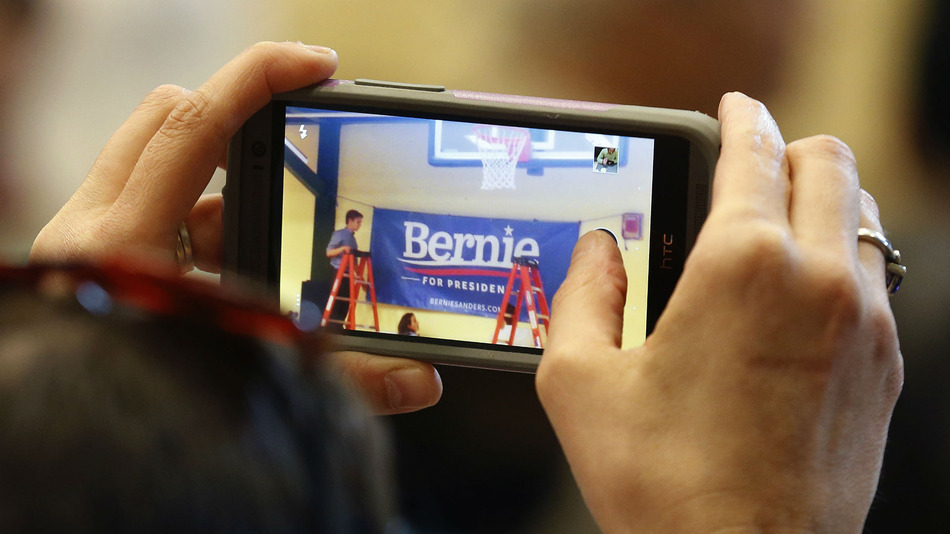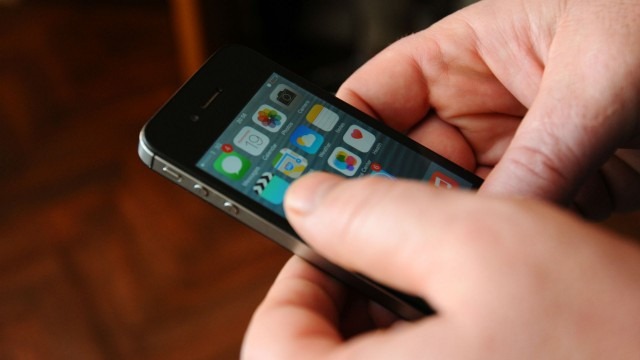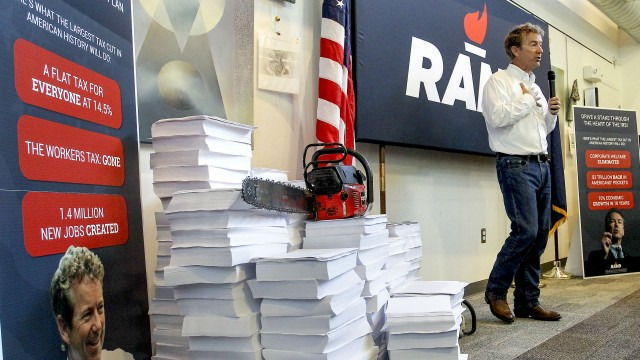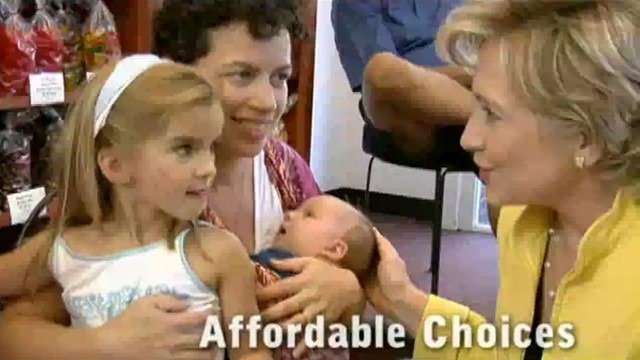
Millennials are computer, tablet and smartphone addicts who often shun cable TV and vote in small numbers—three facts that make them susceptible to a coming wave of campaign ads on mobile devices.
That wave could have a big impact on elections, but experts say it probably won’t arrive until at least the 2020 campaign cycle.
“There’s a decent percentage of people between 18-24 who have never owned a television, and they don’t read newspapers and they don’t read magazines,” Jeff Dittus, the chairman of Audience Partners, a non-partisan data science firm, told Mashable. “They just play around on their phones. That is the only way to communicate with a big swath of that group.”

Roughly 85% of Americans 18-29 years of age own a smartphone, according to a 2015 Pew Research Center study, and that number drops sharply among older demographics. Just 54% of Americans 50-64 years old and 27% of Americans above the age of 65 also own a smartphone.
Young people also watch less traditional TV. One quarter of millennials who live away from their parents and without children don’t have cable.
That means political campaigns need ads to engage millennials on handheld screens, but experts say many campaigns don’t have great mobile strategies.
“A lot of campaigns, the mobile strategy is just ‘let’s take a 15-second ad from TV and run it on Facebook and Twitter and call it a day,” Chase Campbell, vice president of client strategy at Harris Media, which has developed social media strategies for current Republican presidential candidates Rand Paul and Ted Cruz, told Mashable. “If that’s what you’re doing, then no, I don’t think that’s going to persuade a lot of 18-30 year-olds to get out to the polls and vote.”

Campaigns are projected to spend more than $11 billion on ads in 2016 alone, according to a report from Borrell Associates, a media research organization. But only around $1 billion of that will be on digital ads, which shows campaigns still aren’t thinking much about mobile, even as Republicans and Democrats claim they’re pursuing young voters.

But experts say campaigns will slowly embrace mobile ads as millennials age and more eligible voters begin to use smartphones. Digital ad spending is expected to triple during the 2020 campaign, according to the same Borrell Associates report. That means millennials are likely to see more campaign ads on their smartphones.
“Digital natives” are more likely to engage with campaign ads on their phones than older groups, Larry Huynh, a partner at Trilogy Interactive, a digital consulting firm, told Mashable. If those ads are well-crafted for millennials, he said they have the potential to swing a good chunk of young voters.